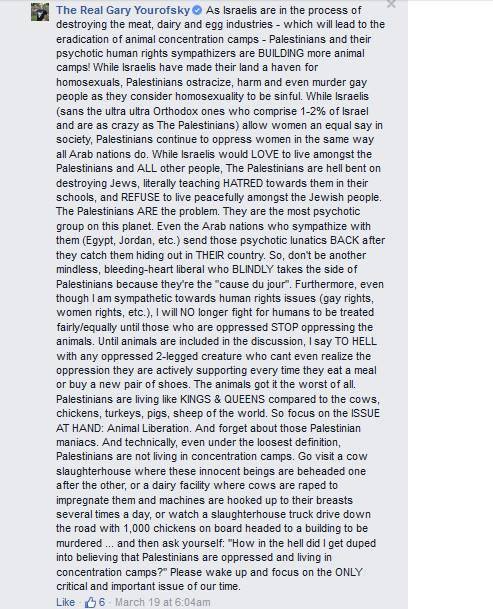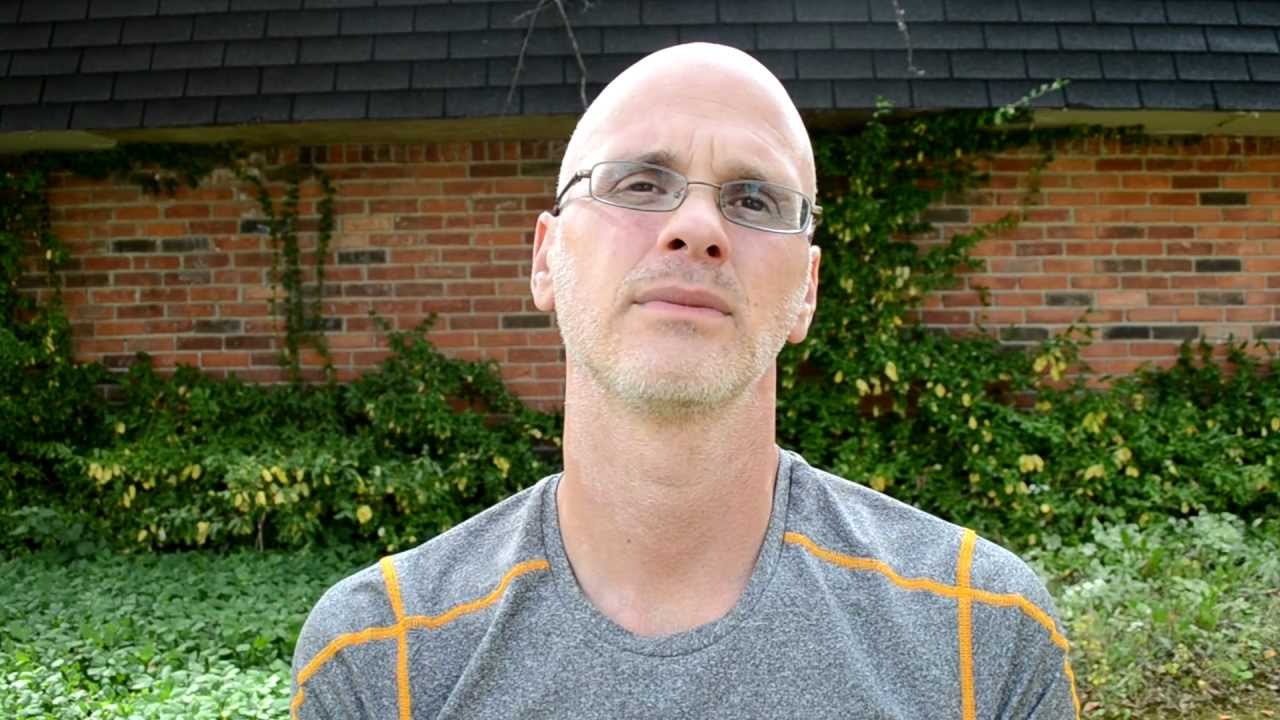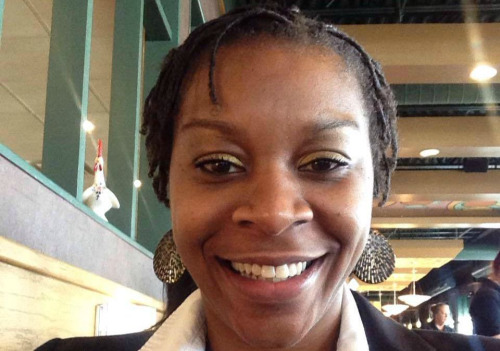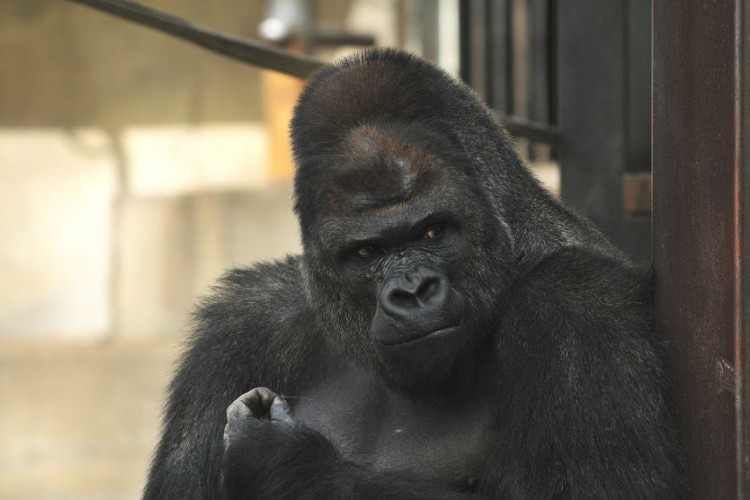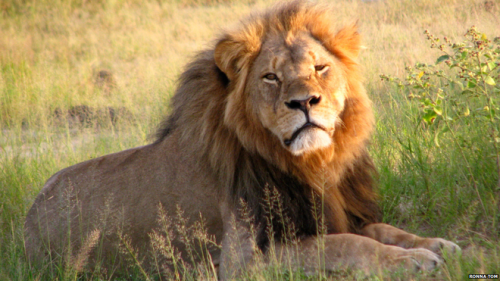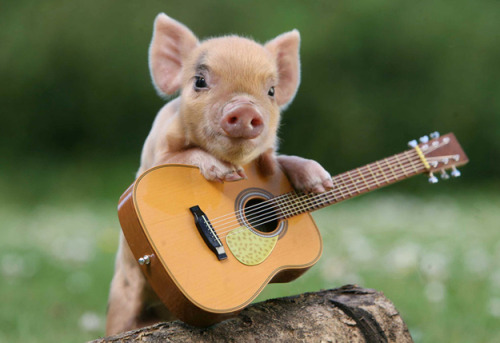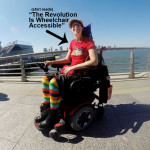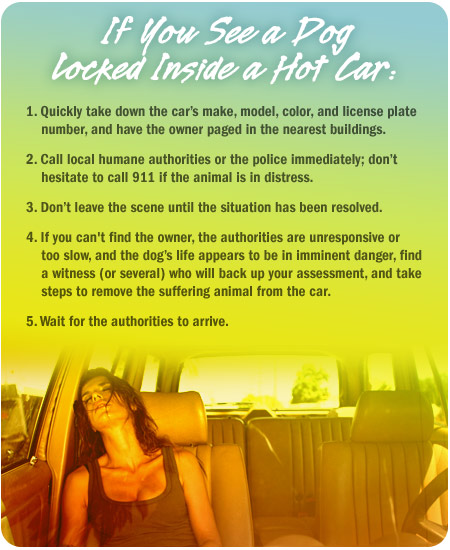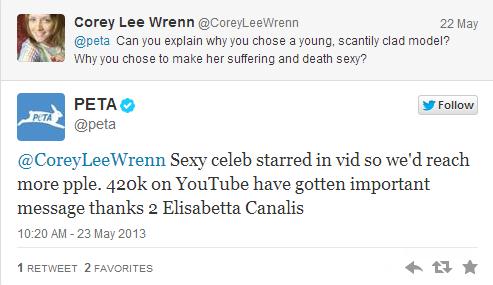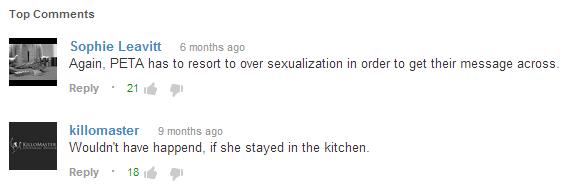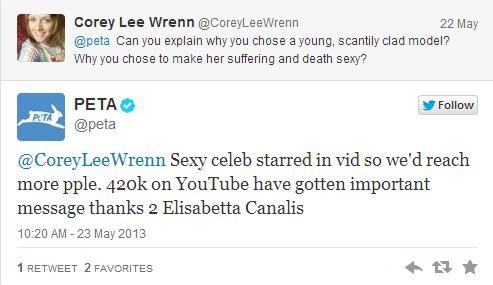By: Dr. C. Michele Martindill
Trigger Warning: Discusses the violent rhetoric of Gary Yourofsky, which many have described as racist, ableist, and sexist. Comments from Yourofsky supporters included in this essay also engage heterosexism. Finally, this essay analyzes the formation of cults and may be upsetting to those who have been personally impacted by cult exploitation.
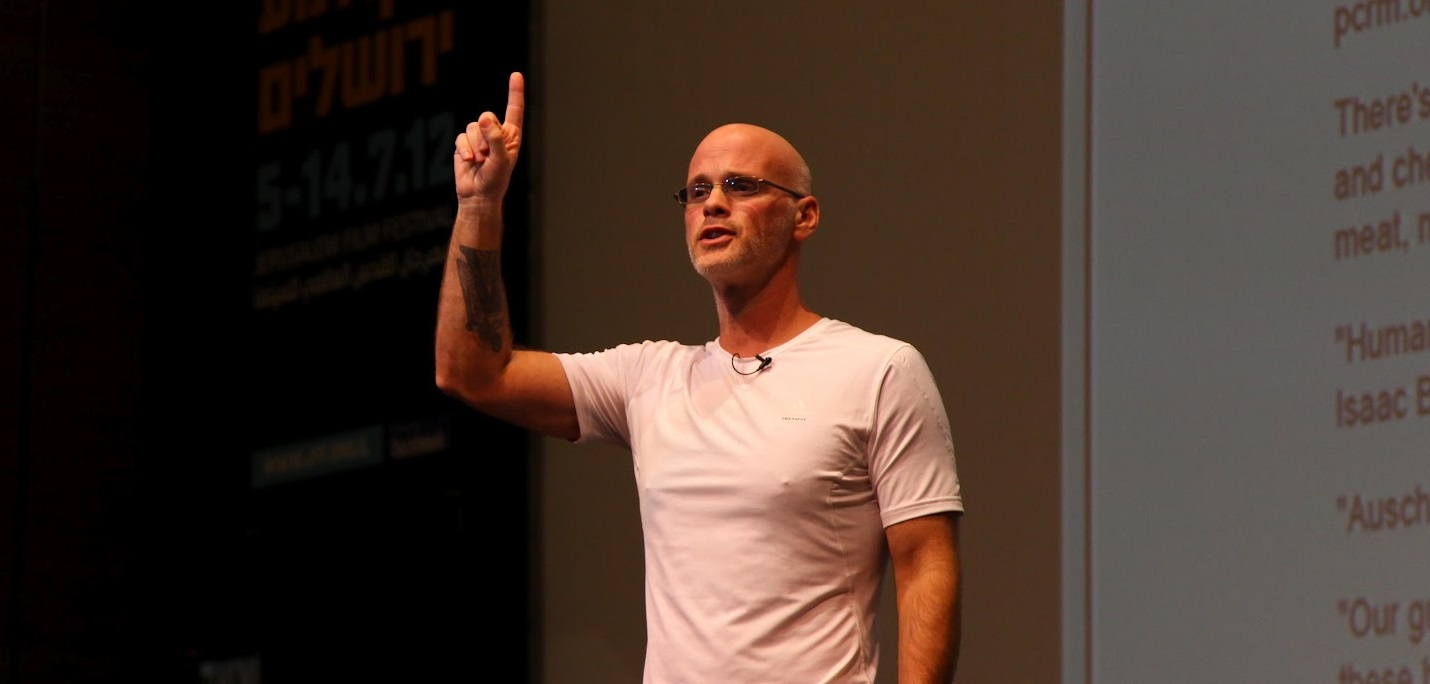
Someone with years of experience in the animal rights movement raised an intriguing question when she asked a straightforward question: Why can’t we get all of the leaders within the animal rights movement into a room to work out their differences and find a way to do what’s best for the animals? What a question!! YES, great idea! The movement does need to find a common definition for animal rights and a comprehensive path for activism. After all, there is much confusion over what to call the movement: Veganism? Animal rights? Animal Liberation? Vegan Abolitionist? OR How about Movement for Animal Rights, Veganism, Environmentalism, Liberation and Abolition (MARVELA!!)? Once the leaders settle on a name for the movement they can sit down and plot movement strategies: Diets? Boycotts? Direct action? Marches? Information tables? Facebook pages? Passionate speeches? Shopping for vegan products? Good. Now the movement has a name and some immediate goals. Nice day dream so far, eh? All that’s left is deciding on the scope of the movement: Is the movement about social justice for all, the environment or just for the animals? Uh oh. The dream is getting fuzzy. Will the movement encompass ending the oppression and exploitation of humans, too? Zap!  End of daydream! The realization dawns that the movement leaders gathered in a room to build a more coherent movement are all upper class-abled-cis gendered-white men—men like Gary Yourofsky. Nooooo!
End of daydream! The realization dawns that the movement leaders gathered in a room to build a more coherent movement are all upper class-abled-cis gendered-white men—men like Gary Yourofsky. Nooooo!
Just when the movement needs to decenter and dismantle the white man dominated leadership in order to center previously marginalized groups, it would be a step in the wrong direction to even invite Gary Yourofsky to a planning session for a movement that could potentially impact so many lives. Recent essays have documented the problematic nature of Yourofsky’s views and the unquestioning loyalty of his followers. Some attribute his rise to prominence in the movement to hero worship on the part of followers. A few portray him as a fascist dictator, and others declare Yourofsky a cult leader. So, which is it? Using social psychology to examine how the cult leaders become established and the attraction of cults for followers will help to reveal a major problem within the animal rights movement—the notion that if we just silence one vocal, hate-filled leader the problem of disunity and oppression of marginalized groups in the movement will be solved.
Hero worship of a cult leader may end, but we will still be living in a social world grounded in patriarchy, a social world in which every interaction is man-centered or becomes man-centered the second a man notices women trying to make their voices heard. In addition, there are women in the movement who wear this institutionalized man-centered ideology either with pride or sometimes unknowingly—a patriarchal ideology that installs men as the leaders and women as the followers. The strategy of pitting women against women, those who support patriarchal leadership against those who challenge it, is not uncommon. A real danger in the movement is feeling that other women are the ones perpetuating oppression and exploitation of the women who dare to speak up, to question authority. It is important to keep in mind that all women are the victims here, victims of manipulation, and historical or institutionalized patterns of social organization.
Furthermore, the self-serving bias, a social psychological process through which people preserve their self-esteem by asserting the belief that only others participate in questionable behaviors or interactions, tells us no one is immune to joining a cult. Anyone—you, me, or the most dedicated social justice activist—can become or may already be a cult member, but continue to deny it because we fear looking bad to others. We’re not the problem; it’s everyone else. It is theorized that women are more likely than men to be cult members, possibly because they are more accustomed to living their lives under the authority of men in leadership roles and showing deference to men. More research needs to be done with regard to how gender, race, social class and ableism relate to cult membership. If the animal rights movement is to become inclusive of members of marginalized groups, then it is imperative to ask how the predominantly upper class white abled leadership and membership of cults in the animal rights movement contributes to classism, racism, ableism and ultimately exclusion.
Would we know a cult if we saw it? What are the distinguishing features of cults? Cults are distinct from organized groups that focus on activities, one-time events or volunteerism. Cults are comprised of a strong, authoritarian leader and a group of dedicated, loyal followers. Certain social psychological processes have been identified to help explain how cults are formed. Cults can be focused on religion, promises of future wealth or enlightenment to the capital-T Truth, and political causes such as animal rights or veganism. There is nothing particularly different about people who join cults. People who join cults may have recently gone through some life challenge such as a divorce or a death in the family. They might also be inexperienced in social interactions or disillusioned with the status quo, e.g. those who are concerned about the oppression and exploitation of other animals. The common denominator is that potential followers are vulnerable in the sense that they want answers, solutions or some way of coping with perceived problems. A cult promises not only answers, but camaraderie (Langone, 2013).

One thing to keep in mind about cult members is that contrary to popular belief, they do not suffer from low self-esteem any more or less than the general population, nor are they recruited based on having low self-esteem. Persons with psychological problems would most likely be considered a liability by cults and not capable of carrying out the work of the cult—defending the leader, bringing in money or recruiting duties (Rhoads, n.d.). The core question centers on how cults keep members in line and actively involved. It is not simply the power of the message delivered by the cult leader that puts a cult in motion.
Researchers have identified countless tactics used to motivate cult members and prevent their questions about the integrity of cult leadership. The “hot-seat technique” is one of the best known strategies. It involves putting the new member center stage in front of the group to confess their misdeeds or impure thoughts, and then having the leader and membership berate them in an effort to shatter their self-confidence and self-esteem. The idea is to keep members doubting their capabilities, and in constant need of the support of the cult leader and other cult members. A big group hug of some kind usually follows the hot-seat or center stage treatment, assuring the cult member all is well IF they follow the party line.
 Several examples of the hot-seat strategy from Facebook interactions and YouTube videos have Yourofsky spewing misogynistic, sexist, racist, ableist and other oppressive speeches aimed at supporters as well as those who might be swayed to become supporters. This strategy serves to set the rules of the cult, to impress listeners through dynamic, charismatic speech, and to force followers to consider their own actions and confess how they were once oppressors of other animals. The following comment by Yourofsky illustrates the point:
Several examples of the hot-seat strategy from Facebook interactions and YouTube videos have Yourofsky spewing misogynistic, sexist, racist, ableist and other oppressive speeches aimed at supporters as well as those who might be swayed to become supporters. This strategy serves to set the rules of the cult, to impress listeners through dynamic, charismatic speech, and to force followers to consider their own actions and confess how they were once oppressors of other animals. The following comment by Yourofsky illustrates the point:
The latest lie being spread about me is that I’m a racist because I said Palestinians were crazy. But if I distrust or hate all humans and the way we behave, I am a misanthrope NOT a racist! Yet, my misanthropy causes no actual harm contrary to the human rights hypocrites who actively support violent exploitation AND murder every time they sit down to a meal.
In this introduction to Yourofsky’s latest YouTube video, “Palestinians, Blacks and Other Hypocrites,” Yourofsky uses ableist and racist language to defend himself against charges of racism, something that might seem likely to turn away followers, but actually establishes him as someone willing to insult and degrade humans—someone who appears brave and a formidable leader. Note the response of an enamored follower:
I thought the whole idea of being a vegan was for animal liberation. Why are we even talking about human rights, when so many animals continue to die every second of every year.
If you want to be a human rights activists, the door is open, exit veganism now.
I’ll agree with Gary on this. I’m glad he said it. At least he’s no hypocrite.
Can’t you see, we are the problem. Humans create their problems and then expect everyone to sympathize. Take responsibility for your actions.
On the other hand, animals, do not create problems nor do they expect any sympathy.
I defended Gary’s stance and I would do it again. Go join a human rights group and let us true vegans clean up your dirty work. And stay out of the way.
Support is offered for the leader’s ideology and followed with a confession that “…we are the problem. Humans create their problems…”. “True vegans” should either get with the plan or “go join a human rights group,” as if that would be the worst form of rejection by the cult.
The rules are clear: There is no room for human rights activists among Yourofsky’s followers, and his response to the above Facebook comment dishes up approval for those who agree and lets everyone know what constitutes sanity and logical thinking:
THANK YOU FOR THINKING LOGICALLY! YOU ARE SANE & COGNIZANT my friend (Yourofsky, 2015).
Racism comes more into play with the next comment from Yourofsky:
Malcolm X once said: “You cannot be anti slavery and pro slavemaster.” Animals are the victims/slaves. Humans are the victimizers/slavemasters.. I side with the slaves and will no longer defend humans who scream about their mistreatment when they dish it out to the animals.
The tokenism and appropriation of a quote from a leader in the Civil Rights Movement is blatant and allows Yourofsky to portray the simple good vs. evil mythology that grounds so many religions. He does so by ignoring hundreds of years of human slavery and claiming all humans are “slavemasters.” One follower touts the revelations of Yourofsky as the “new paradigm”; however, Yourofsky is well aware of those who would challenge this new paradigm:
… except my enemies come from WITHIN the vegan movement. vegans have been trying to silence me for more than a decade. and they’re gonna win soon because I am worn out and burnt out.
Prophecy!! One of the great trademarks of a cult leader—the ability to predict the future! Most impressive. We also gain a clearer picture of THE enemy: vegans!! A form of call and response, a preaching style in which the minister speaks and the congregation answers with an affirmation, follows throughout this Facebook discussion thread. Comments supportive of Yourofsky net words of praise from the leader, and negative comments are met with admonishments to watch his video again or to go away (polite terminology). The vast majority of responses from followers are reinforcing Yourofsky’s views, including his racism:
I’m rapidly becoming disliked by most people I know….because I 100% share your attitude, morals and beliefs. I’d rather be a fuc***g loner, than a murdering hypocrite! The name calling and personal attacks are becoming the norm, and I couldn’t give a shite! OUR WORDS ARE RIGHTEOUS, THE TRUTH, SPOKEN WITH COMPASSION AND MORAL. For every murderer I see shovelling in a fork full of suffering…they’ll get my harsh words for afters, couldn’t give a flying shit what colour or where they’re from! My life focuses on the devastation humans cause…so FU** HUMAN RIGHTS!!
Another writes:
If they ever win by silencing you, I’ll carry your cross for you. You have plenty of support Gary.
Never forget that!
Homosexuals are another frequent target for cult members:
Yeah or the homosexuals who want “their rights” and respect, but cannot do the same for all of nonhuman animals that end up on their plates every time of every day. They want to get what they themselves don’t want to do. I used to fight so much for the homosexuals rights until I saw that when it came to what I cared about ( nonhuman animals ) they were not willing to support my cause in any way. So sad that they’re so selfish.
And then one person dares to question Yourofsky on his claims of success in making the world go vegan:
I agree about the hypocrisy of fighting for human rights while hurting animals but I don’t think hating people helps them see what they’re doing.
Yourofsky responds:
The Real Gary Yourofsky how can you say that when I have converted between 100,000 to one million with MY ATTITUDE/STYLE and the lovey dovey BS pacifists haven’t done shit? stop believing in fairytales like love conquers hate.
Yes, a part of cult leadership is laying claim to vast numbers of unverifiable conversions or some other accomplishment as proof that their strategies are effective and to motivate followers. Given Yourofsky’s focus on making all of Israel vegan, it is possible Yourofsky is referring to a survey that suggests vegans in Israel number 10% of the population or about 700,000 people, giving the country one of the largest per capita vegan populations in the world, but questions grounded in critical thought about this number are absent from the discussion. A 2001 report from the Israeli Ministry of Health shows “7.2% of the men and 9.8% of the women identified themselves as vegetarians” (Neiman, 2014). These numbers indicate Israel had a strong vegetarian population well before Yourofsky started his campaign for veganism in Israel. Also, while a recent report by Israeli media confirms that Yourofsky’s video from a Georgia Tech appearance in the summer of 2010, “The Best Speech You Will Ever Hear” (Yourofsky, The Best Speech You Will Ever Hear, 2010), has been seen “by at least 396,000 people…(with Hebrew subtitles) (Darom, 2102), there is no way of knowing if all of the viewers were in Israel or if they immediately made the decision to be vegan.
Just as Yourofsky brags about his successes, he also proclaims extreme humility in an effort to show followers he is just like them, someone they can identify with and emulate:
“I’m not a politician. I’m not a salesperson. I don’t ask for donations. I don’t want donations. I want people’s minds. I want people to be kind for the animals (Yourofsky, Gary Yourofsky speaks to 450 students at Ben Gurion University, n.d.).
Setting aside Yourofsky’s comment that he wants people’s minds, his occupational profile fits that of many cult leaders who were writers, salespersons and carnival workers prior to leading their cults. Most notably, Yourofsky worked as a paid spokesperson or lecturer for PeTA between 2002 and 2005. The common thread is that these jobs all involve persuasion, a key skill requirement for someone trying to sell others on a particular dogma (Sagarin, n.d.). Any denial of political activity—using power to effect change—or working to sell people on his ideas is a direct contradiction of what he does every single time he takes the stage to speak. His denials are, however, a persuasive rhetorical technique, an attempt to show he has nothing to gain on a personal level. Nothing, except the notoriety that guarantees his voice will be heard over the voices from marginalized groups!
Internet culture brings with it new opportunities for cult formation and their sustained activities. Their work is often measured by the number of memes or YouTube videos they produce and disseminate, as well as the number of ‘likes’ these products receive on websites such as Facebook. There is also an unrelenting willingness of supporters to defend leaders, including Facebook page owners and moderators, no matter what they might publish. Public objections are frequently deleted and those who question authority are banned from the site. Still, the following general definition of cults remains the same for all types of cults:
• The leader is best classified as an authoritarian; simply put, it is the leader’s way or the highway
• The beliefs of a cult are different from the mainstream and often narrowly focused; they have the potential to be dangerous or even false; a cult often suggests that nothing matters except focusing on gaining converts
• Demanding changes in lifestyle for followers, e.g. a demand to cut off communication with family members who don’t show proper support
• Cults emphasize recruitment, soliciting money or other needed resources, and finding opportunities to make the cult’s videos or products available to the public
• Cults have distinctive ways of getting all members on the same page, of getting them to think the same way
• Insiders in cults are clearly distinguished from outsiders, sometimes with the use of insider language or symbols; outsiders are often attacked, and they are abused psychologically or physically (Nassim, 2013)
A friend once observed that the best way to handle cult leaders and the claims-making of cult members is to ignore them, to stop feeding their egos. Cults are more than the manifestations of any leader’s ego. Cults have to be seen in relation to the patriarchal institutions and oppressions of our social world. They do not exist in isolation of sexism, racism, ageism, ableism, classism or speciesism. It requires critical thought and questioning of cults in order to dismantle them or at least defuse their incessant attacks on those outside of the cult. Every time someone outside of the cult hedges their criticism of the cult they inadvertently support it. Yourofsky’s misogyny is often criticized, but the criticism is mitigated when it is promptly followed with praise, e.g. “But he does do a lot of good for the animals.”
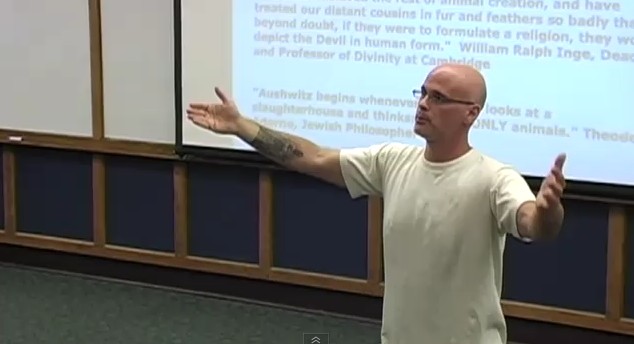
Critical thinking involves revealing contradictions in interactions or public discourse, e.g. how can cult leaders claim to not care what people think about them, but then try to defend themselves from criticism? Critical thinking aims to expose relations of power and to challenge oppression. When it comes to an examination of the hate speech and the promotion of violence by Yourofsky here are a few questions grounded in critical thinking that must be asked:
1. Who or what group benefits from using violence—threats, bullying and verbal abuse—against humans as way to end violence against other animals? What is gained from threatening violence or violent acts? Psychological dominance? Financial power? Publicity?
2. Through what social processes have cults become a normalized part of the animal rights movement, normalized to the point that their role in promoting oppressions is rarely challenged?
3. Many movement members who are not involved with any cult insist they could never be cult members, following the pattern of the self-serving bias. To what extent is it an example of the self-serving bias that so many movement members try to excuse the problematic actions of cults by saying, “Well, at least they’re doing it for the animals”?
4. Whose voices are silenced by cults? How are they silenced? How do cults socially reproduce or reify existing structures of racism, sexism, ableism, classism, ageism and speciesism?
5. To what extent do members of animal rights movement cults lose their psychological autonomy? Especially the women who follow a man centered leadership?
An important point to consider in trying to end the influence of cults within the animal rights movement is that they are a reflection of our patriarchal social order. Without patriarchy and the acceptance of sexism and misogyny throughout society, cults would have a difficult time forming, much less gaining momentum. It may be frustrating to think about how cults make the animal rights movement look to the outside world, and to encounter the lies, exaggerations and misrepresentations vocalized by cult members; however, ending the influence of cults depends on identifying and challenging them with critically grounded questions. The demand made by cults to focus only on the animals does indeed sound noble and even desirable, but it is also a way of deflecting criticism by presenting a worthy goal, AND it is a way of isolating the membership from the pervasive oppressions of the social world. Cult followers are repeatedly told that there is no point in addressing racism or sexism, for instance, and that veganism is all that matters. Any plans for an inclusive animal rights movement, one that addresses social justice, will depend on a clear message that focuses on how speciesism cannot be eliminated by turning our backs on human oppressions.
References
Darom, N. (2102, September 6). Is vegan superstar Gary Yourofsky an animal savior or a mad militant? Retrieved from HAARETZ: http://tinyurl.com/q2hdmkw
Langone, P. M. (2013). Who Joins Cults and Why? Retrieved from ICSA International Cultic Studies Association: http://csj.org/studyindex/studycult/cultqa4.htm
Nassim, A. (2013, September 2). Online Cults. Retrieved from Internet Ascent: http://internetascent.blogspot.com/2013/09/online-cults.html
Neiman, R. (2014, February 6). What Israeli Vegans Eat – And Why. Retrieved from Israel 21c: http://www.israel21c.org/israel-in-pictures/what-israeli-vegans-eat-and-why/
Rhoads, P. K. (n.d.). Cults: Questions and Answers. Retrieved from Working Psychology: http://www.workingpsychology.com/cult.html
Sagarin, D. (n.d.). Cult Influence Tactics. Retrieved from Working Psychology: http://www.workingpsychology.com/cultdef.html
Yourofsky, G. (2010). The Best Speech You Will Ever Hear. Retrieved from YouTube: http://tinyurl.com/mkpoon4
Yourofsky, G. (2015, May 17). The Real Gary Yourofsky’s Photos. Retrieved from Facebook: https://www.facebook.com/therealgaryyourofsky/photos/pb.772568189464273.-2207520000.1432180346./822615614459530/?type=1&theater
Yourofsky, G. (n.d.). Gary Yourofsky speaks to 450 students at Ben Gurion University. Retrieved from YouTube: http://tinyurl.com/m2qwhrg
 Dr. Martindill earned her Ph.D. in sociology from the University of Missouri and taught there in the Sociology Department, the Peace Studies Program and the Women’s and Gender Studies Department. Her areas of emphasis include political sociology, organizations and work, and social inequalities. Dr. Martindill’s dissertation focuses on the no-kill shelter social movement and is based on ethnographic research conducted during several years of working in an animal shelter. She is vegan, a feminist and is currently interested in the stories women tell through their needlework, including crochet, counted cross stitch and quilting. It is important to note that Dr. Martindill consistently uses her academic title in order to inspire women and members of other marginalized groups to pursue their dreams no matter what challenges those dreams may entail, and certainly one of her goals is to see more women in academia.
Dr. Martindill earned her Ph.D. in sociology from the University of Missouri and taught there in the Sociology Department, the Peace Studies Program and the Women’s and Gender Studies Department. Her areas of emphasis include political sociology, organizations and work, and social inequalities. Dr. Martindill’s dissertation focuses on the no-kill shelter social movement and is based on ethnographic research conducted during several years of working in an animal shelter. She is vegan, a feminist and is currently interested in the stories women tell through their needlework, including crochet, counted cross stitch and quilting. It is important to note that Dr. Martindill consistently uses her academic title in order to inspire women and members of other marginalized groups to pursue their dreams no matter what challenges those dreams may entail, and certainly one of her goals is to see more women in academia.
